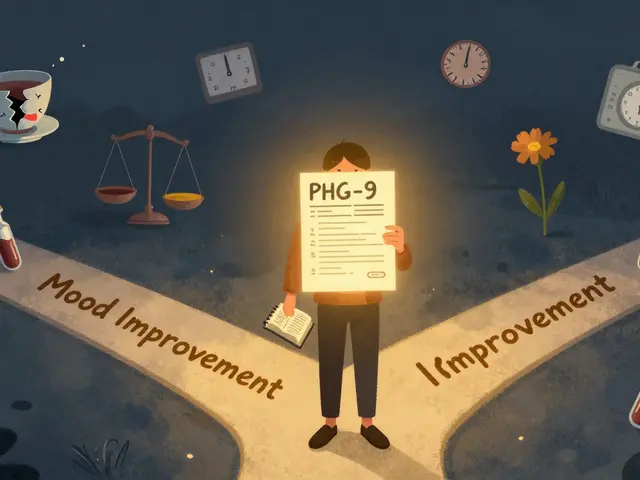Calcineurin Inhibitors: Key Facts and Uses
When working with calcineurin inhibitors, a class of drugs that block the calcineurin enzyme and stop T‑cell activation. Also known as calcineurin blockers, they belong to the larger group of immunosuppressants, medications that lower immune system activity. Common examples are tacrolimus, a potent inhibitor often used in kidney and liver transplants and cyclosporine, one of the first calcineurin blockers introduced in the 1980s. The core idea is simple: by stopping calcineurin, these drugs keep the immune system from attacking a new organ or the body’s own tissues.
Common Uses and Safety Considerations
Calcineurin inhibitors are prescribed by transplant surgeons, rheumatologists, and dermatologists. In organ transplantation they cut the risk of graft loss by up to 30% compared with no therapy. They are also used for autoimmune diseases such as psoriasis, rheumatoid arthritis, and lupus because they calm over‑active immune cells. Typical brand names you’ll see are Prograf for tacrolimus and Neoral for cyclosporine. Dosing is individualized; doctors start with a low dose, check blood levels, then adjust. Monitoring includes trough levels (the lowest concentration before the next dose), kidney function tests, and liver enzymes, because both drugs can be hard on those organs. Drug interactions matter a lot. Medications that block the liver enzyme CYP3A4 – for example certain antifungals, antibiotics, and grapefruit juice – can raise calcineurin inhibitor levels and increase toxicity. Conversely, enzyme inducers like rifampin lower the levels, risking organ rejection. Common side effects are tremor, high blood pressure, increased sugar, and gum overgrowth (especially with cyclosporine). If you notice swelling, unusual infections, or severe headaches, contact your doctor right away. Patients often wonder how long they need to stay on these drugs. The answer varies: some transplant recipients stay on them for life, while others may taper after several years if the graft is stable. Regular follow‑up appointments are essential because doses may change as kidney function improves or declines.
Practical Tips for Patients and Caregivers
Keep a medication diary. Write down every dose, the time, and any side effects you notice. This makes it easier for your health team to spot trends. Use a consistent schedule – taking the drug at the same time each day reduces fluctuations in blood levels. Store the medication as directed; many formulas need refrigeration, and exposure to heat can degrade the drug. If you travel, plan ahead. Carry a copy of your prescription, a list of current medicines, and recent lab results. Some pharmacies abroad may not have the exact brand, so having a backup plan is wise. Also, avoid over‑the‑counter anti‑inflammatories unless your doctor says it’s safe; they can add extra strain on the kidneys. Research is ongoing. New formulations aim to reduce side effects, such as once‑daily tacrolimus tablets that keep blood levels steadier. Clinical trials are looking at combining lower‑dose calcineurin inhibitors with newer biologics to keep the immune system in check while limiting toxicity. Keeping an eye on emerging options can help you discuss future changes with your doctor. Below you’ll find a curated collection of articles that dive deeper into specific drugs, compare alternatives, and give step‑by‑step guides on monitoring and managing side effects. Use them to answer lingering questions and make informed choices about your treatment plan.
Pimecrolimus in Combination Therapy: Benefits for Eczema & Psoriasis
Learn how pimecrolimus works in combo therapy for eczema and psoriasis, covering benefits, safety, practical regimens, and patient tips.






